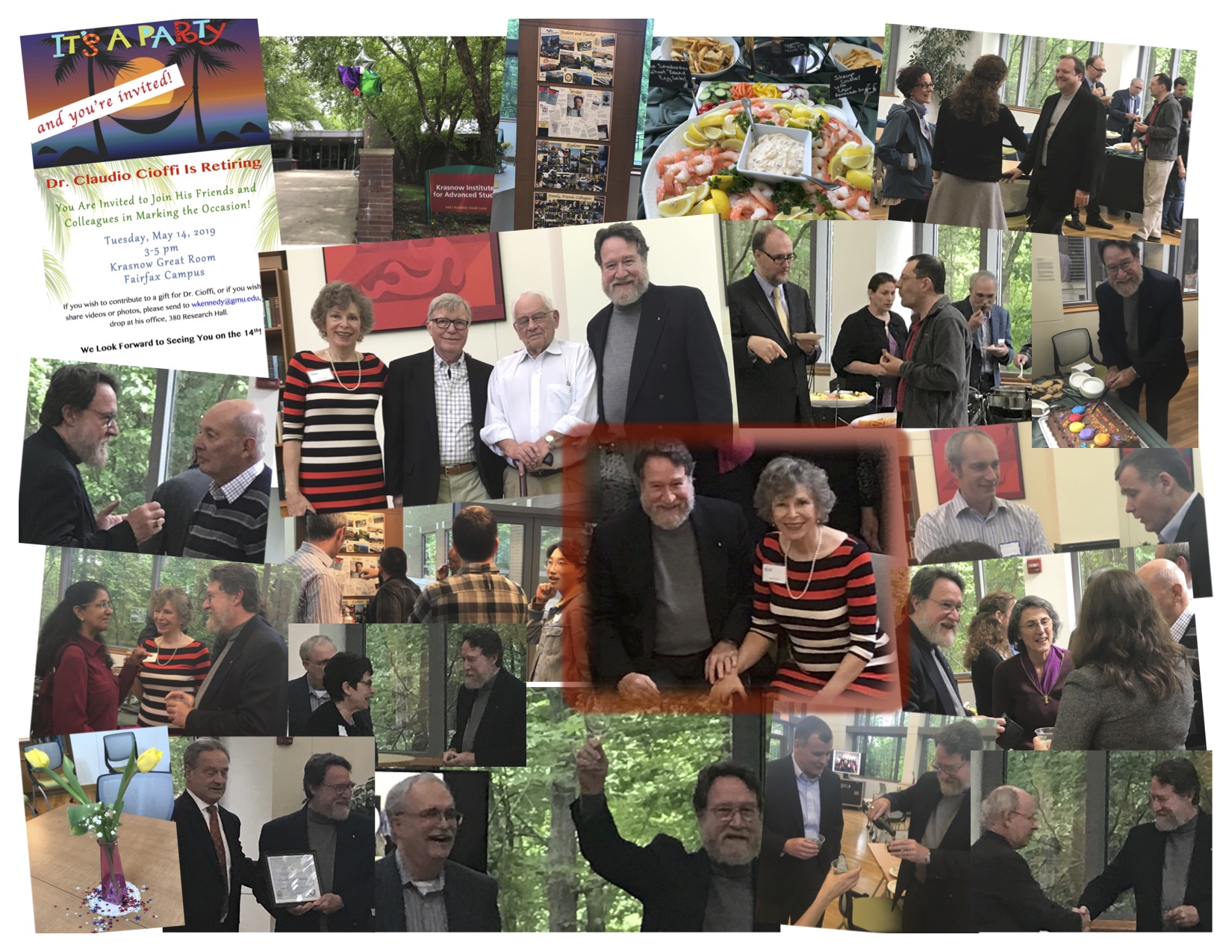Dyer Joins Center Staff to Design Center Program
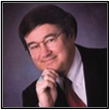
Dr. Chris Dyer, who will spend his spring sabbatical from the University of New Mexico working with the Center for Social Complexity, met with Bill Kennedy (faculty) and Annetta Burger (PhD Candidate) to plan a Center program on disaster research. Many projects and funding sources were discussed and prioritized. The group will be working separately and conferring on their progress weekly through the semester.
January 9-10, 2020
WMD Project Team Presents Work
Bill Kennedy (faculty), Annetta Burger (PhD Candidate), and Samantha Vawter (undergraduate volunteer) visited LMI (Logistics Management Institute), a consultancy that works closely with federal civilian and defense agencies, to present an overview of the Center’s project characterizing the reaction of the population of the New York mega-city to a nuclear WMD (weapon of mass destruction). The history of the project, its methodology, and the challenge of validation were discussed.
January 6, 2020
Center PhD Candidate Invited to “First Responder” Demonstration
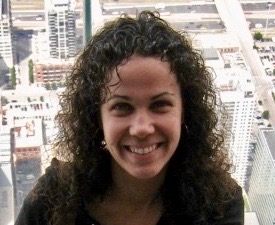
Annetta Burger (PhD Candidate) was invited and observed a demonstration of a collaboration system for first responders involved in an active shooter training system. The exercise was led by Center for Innovative Technology (CIT)’s Smart City IoT (Internet of things) Lab in Virginia in coordination with George Mason University as part of the Department of Homeland Security’s Smart City Initiative. The system generates a lot of data on such a situation that could help validate models of active shooters and related social emergencies. (See https://www.businesswire.com/news/home/20191126005529/en/Smart-City-Technology-On-scene-Active-Shooter-Training and https://www.globenewswire.com/news-release/2019/11/18/1948921/0/en/CIT-s-SCITI-Labs-and-George-Mason-University-Collaborate-on-Smart-Building-Technology-Research.html)
November 11, 2019
Claudio Cioffi-Revilla Named 2019 AAAS Fellow for Lifetime Contributions to Science and Technology
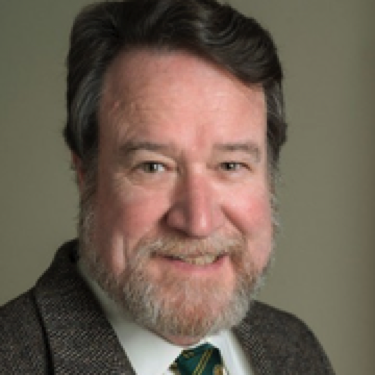
A George Mason University professor is among a group of leading scientists honored as 2019 Fellows by the American Association for the Advancement of Science (AAAS) as recognition for their invaluable lifetime contributions to science and technology. University Professor Emeritus Claudio Cioffi-Revilla, formerly professor of computational social science in the Department of Computational and Data Sciences in the College of Science, and the founding director of Mason’s Center for Social Complexity, was among the honorees selected.
Cioffi was honored for “distinguished research and service toward creating the field of Computational Computer Science and its relationship to policy issues of international relations and social complexity,” according to AAAS.
Fellows are elected each year by their peers serving on the Council of AAAS, the organization’s member-run governing body. The complete list of 2019 Fellows was published in the Nov. 29 issue of the journal Science. The awards ceremony will be held in Seattle on Feb. 15, 2020, during the AAAS annual meeting.
“I want to use [the honor] as an opportunity to make a case for the field of disaster science,” Cioffi said, adding that he looks forward to sharing the news with former collaborators and colleagues.
The 443 newly elected Fellows represent each of AAAS’s 24 sections, ranging from neuroscience and psychology to social, economic and political sciences. The honor recognizes diverse accomplishments, including pioneering research, leadership within a given field, teaching and mentoring, fostering collaborations and advancing public understanding of science.
Dr. Cioffi founded and initially chaired the Department of Computational Social Science and has authored more than 100 peer-reviewed publications, including eight books, and his research has been funded by the National Science Foundation, the Office of Naval Research and the Defense Advanced Research Projects Agency (DARPA). He earned two doctorates in mathematical social science from the University of Florence (1975), Italy, and from the University of Buffalo (1979). He currently serves as chair of the Humanitarian Assistance Committee of the Order of Malta, Federal Association USA, which focuses on disasters.
The tradition of electing AAAS Fellows for their extraordinary achievements from across all disciplines began in 1874. Previous recipients have included astronomer Maria Mitchell (1875), inventor Thomas Edison (1878), anthropologist Margaret Mead (1934), computer scientist Grace Hopper (1963) and popular science author Jared Diamond (2000).
Two of the 2019 Nobel laureates announced last month, James Peebles and John B. Goodenough, are AAAS Fellows.
To be considered for the rank of Fellow, an AAAS member must be nominated by three previously elected Fellows, the steering group of an AAAS section or the organization’s CEO.
Founded in 1848, the AAAS bills itself as “the world’s largest multidisciplinary scientific society and a leading publisher of cutting-edge research through its Science family of journals.” The organization lists individual members in more than 91 countries around the globe.
Two New Papers Address Responses to Disasters
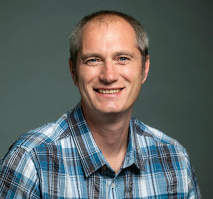
Bots Fired: Examining Social Bot Evidence in Online Mass Shooting Conversations examines the role bots have played in four mass shooting events. Authored by Mason faculty Andrew Crooks, Arie Croitoru, and Anthony Stefanidis, along with recent doctoral graduate Ross Schuchard, the paper studies responses of social bots to the 2017 Las Vegas concert shooting, the 2017 Sutherland Springs church shooting, the 2018 Parkland school shooting, and the 2018 Santa Fe school shooting. Study results show that social bots participated in and contributed to online mass shooting conversations in a manner that is distinguishable from human contributions. Traditional media coverage of disastrous events such as mass shootings has historically been provided through media sources such as print, television, and radio, but the advent of online social networks (OSNs) has introduced a new platform for accessing, producing, and distributing information. The ease and convenience of OSN usage introduces potential unforeseen risks. Social bots, or automated software agents, are one such risk, as they can amplify or distort potential narratives associated with extreme events. And, although they represented less than 1% of actual contributors, their impact must be viewed in terms of their dramatically disproportionate showing in retweet numbers, as shown in table below.

Ross Schuchard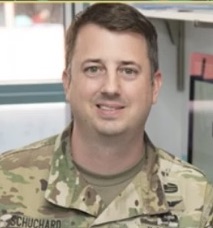
Arie Croitoru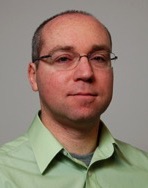
Anthony Stefanidis 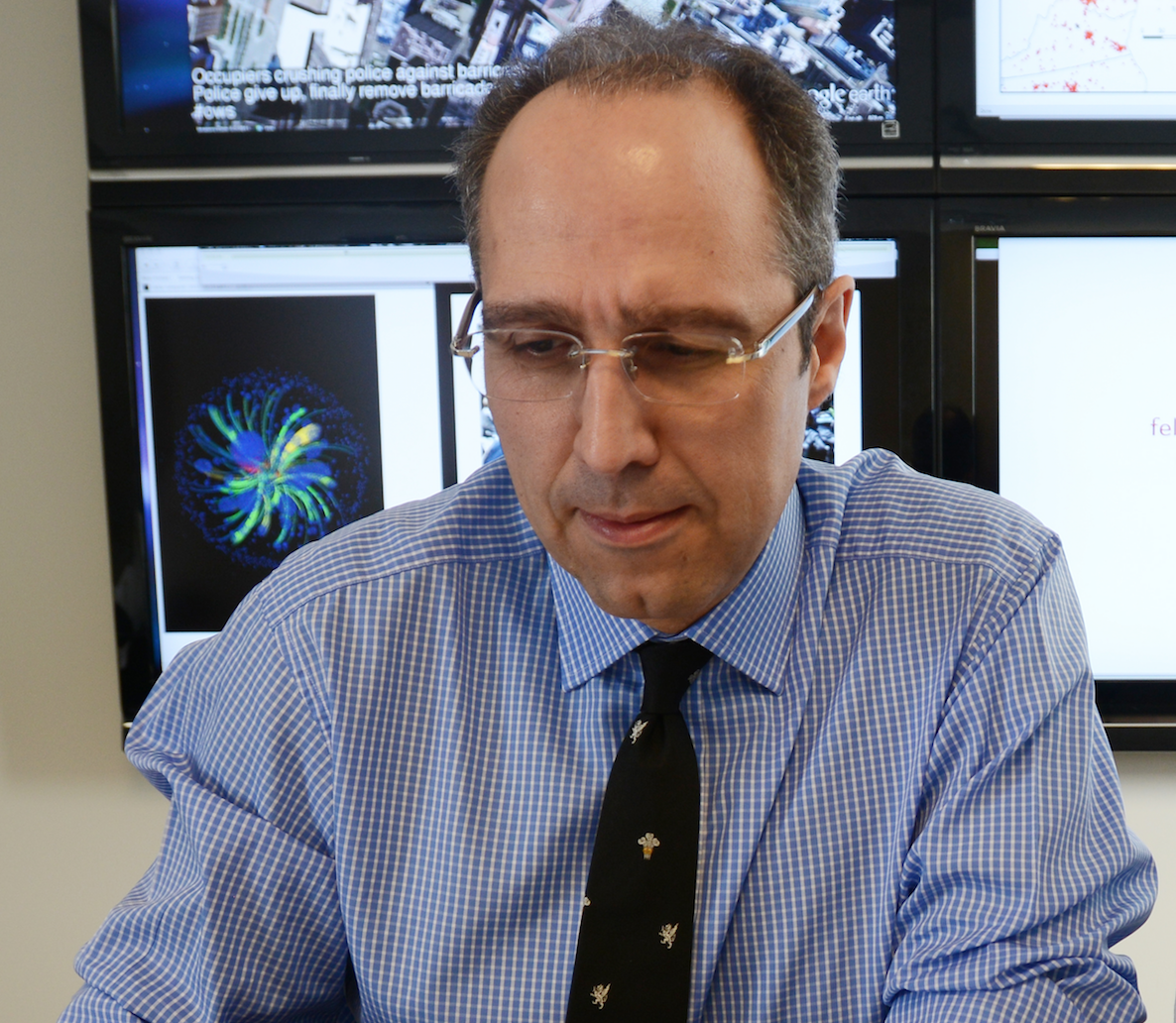
(2019) Bots Fired: Examining Social Bot Evidence in Online Mass Shooting Conversations, Palgrave Communications, 5: 158. Available at https://doi.org/10.1057/s41599-019-0359-x.
The second paper . . .
Modeling Homeowners Post-flood Reconstruction Decisions describes findings of an agent-based model of Hurricane Sandy’s damage to Sea Bright, NJ, and of homeowner post-flood reconstruction decisions. Coastal flooding is the most expensive type of natural disaster in the United States, and this model uses a hindcast — i.e., a statistical calculation determining probable past conditions — to analyze community-wide responses to one specific event. The paper discusses the complexity of the Protective Action Decision Model (PADM) and Protection Motivation Theory (PMT) for human decision-making regarding hazard mitigations and integrates both into the model.
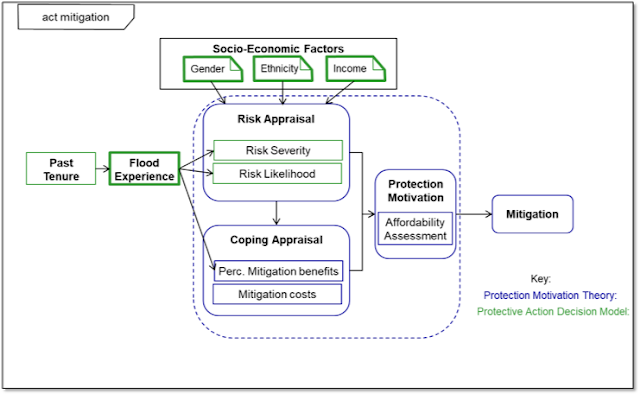
Andrew Crooks, Kim Eligot, Peggy Brouse (2019), Sea Bright, New Jersey Reconstructed: Agent-Based Protection Theory Model Responses to Hurricane Sandy, in Mustafee, N., Bae, K.-H.G., Lazarova-Molnar, S., Rabe, M., Szabo, C., Haas, P. and Son, Y-J. (eds.), Proceedings of the 2019 Winter Simulation Conference, National Harbor, MD, pp 251-262
December 11, 2019
Dr. Crooks Presents at Health Policy Seminar Series
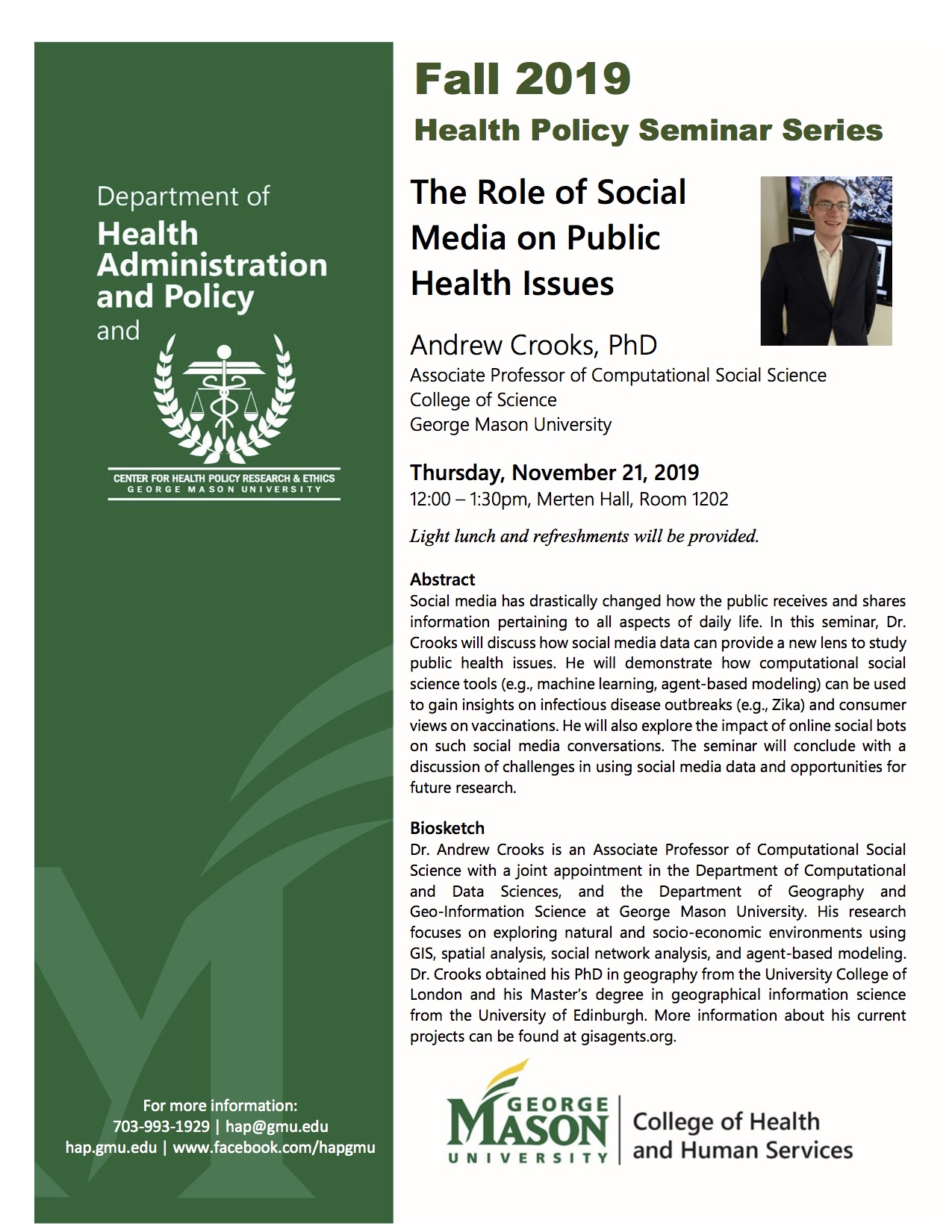
Andrew Crooks was invited to participate in the Fall 2019 Health Policy Seminar Series, sponsored by the department of Health Administration and Policy, and the Center for Health Policy Research and Ethics at GMU. He spoke on The Role of Social Media on Public Health Issues
November 22, 2019
GMU Makes Strong Showing at CSS in Santa Fe
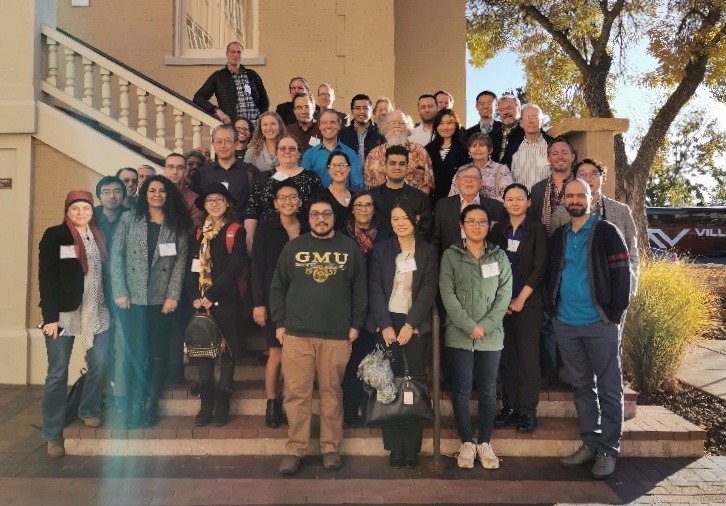
At the 2019 Computational Social Science Society of Americas (CSSSA) Conference in Santa Fe, Mason faculty and students were invited to present two papers, both related to interests in urban simulation.
The paper entitled “Capturing the Effects of Gentrification on Property Values: An Agent-Based Modeling Approach,” co-authored by graduate student Niloofar Bagheri-Jebelli and professors William G. Kennedy and Andrew Crooks, explores how agents’ (people’s) choices of specific locations within a city leads to gentrification. The model and data that accompany the paper can be found at: https://github.com/niloofar-jebelli/UrbanDynamics, while below we provide the abstract of the paper, the graphical user interface of the model along with movie of one simulation run with default model settings.
Poster in Support of Paper
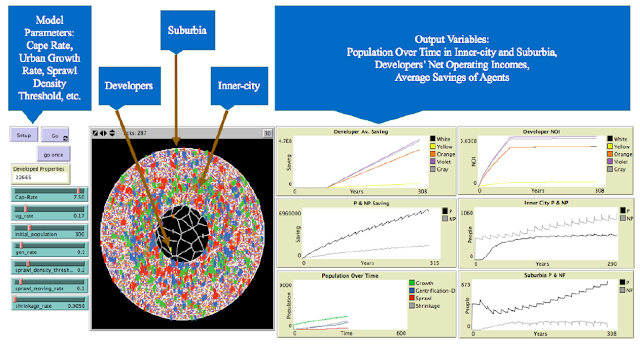
Cities are complex systems which are constantly changing because of the interactions between the people and their environment. Such systems may experience urban growth, sprawl, shrinkage, and gentrification. The model proposed in this paper intends to simulate the aforementioned dynamics to capture the effect of people’s choices and actions on the city structure. Specifically, it explores the effect of gentrification on population density and housing values.
Graduate student Niloofar Jebelli Presenting “Capturing the Effects of Gentrification on Property Values” at CSS
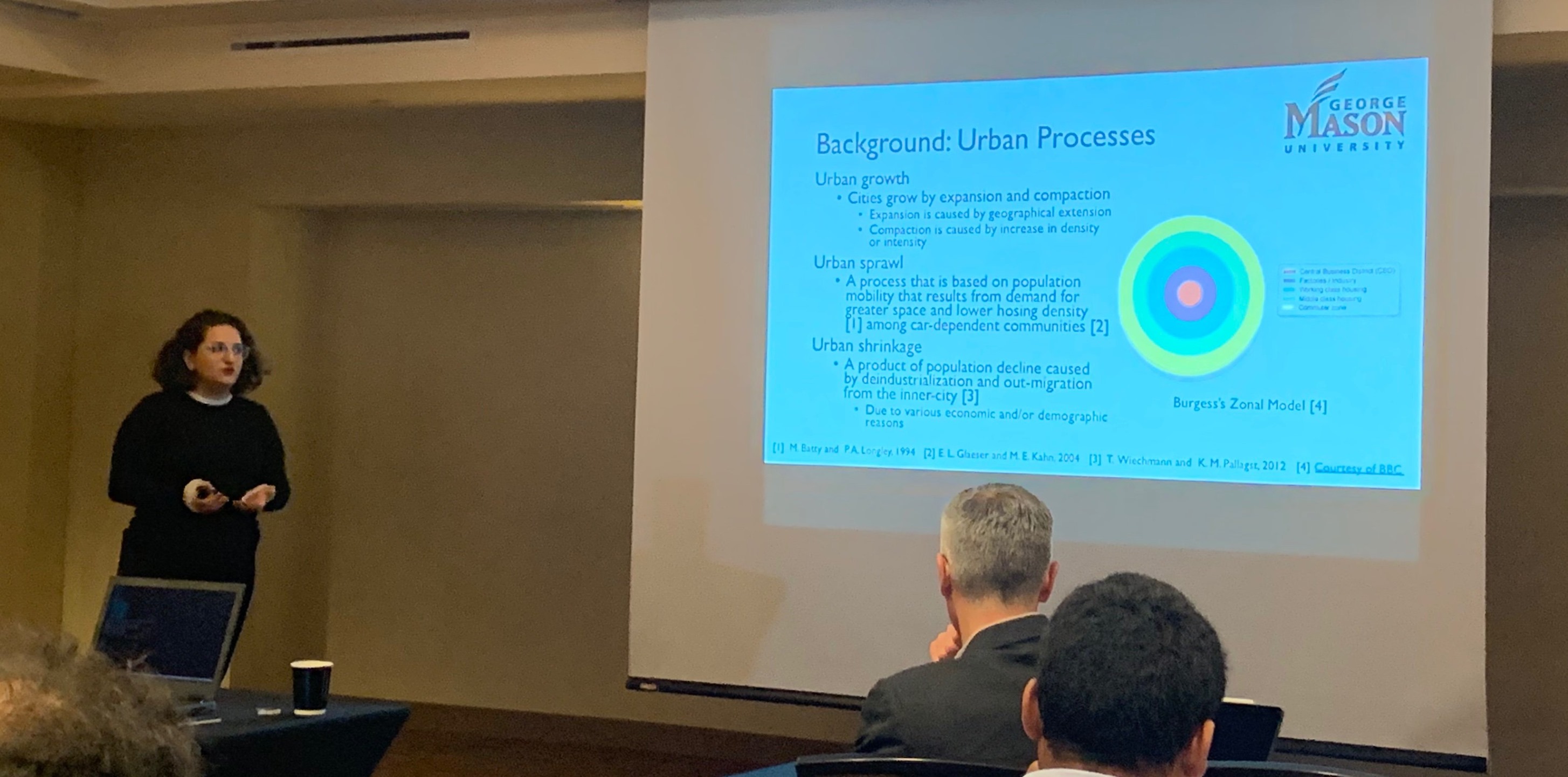
The proposed model is significant in its integration of ideas from complex systems theory which is operationalized within an agent-based model stylized on urban theories to study gentrification as a cause of increased land values. The model is stylized on urban theories and results from the model show that the people move to and reside in properties within their income range and with neighboring agents that have similar economic status. The model also shows the role of gentrification by capturing both the supply and demand aspects of this process in the displacement and immobilization of agents with lower incomes. This is one of the first models that combines several processes to explore the life cycle of a city through agent-based modeling.
Bagheri-Jebelli, N., Crooks, A.T. and Kennedy, W.G. (2019), Capturing the Effects of Gentrification on Property Values: An Agent-Based Modeling Approach, The 2019 Computational Social Science Society of Americas Conference, Santa Fe, NM.
The second paper was embodied in a poster entitled “Modeling Social Networks in an Agent-Based Model of a Nuclear Weapon of Mass Destruction Event.” It represents our continuing work on disasters, specifically a project on how people might react in an event of a Nuclear Weapon of Mass Destruction (NWMD) event in New York City. The paper discusses preliminary project results that demonstrate how we can integrate household social networks explicitly into a spatially explicit model. Furthermore the study demonstrates and benchmarks agent commuting patterns for the New York City Commuter Region with a sample population along with demonstrating agents’ initial reactions post-NWMD detonation. The poster was presented by graduate student Richard Jiang, a member of the DTRA-funded project team headed by William Kennedy.
Poster in Support of Paper 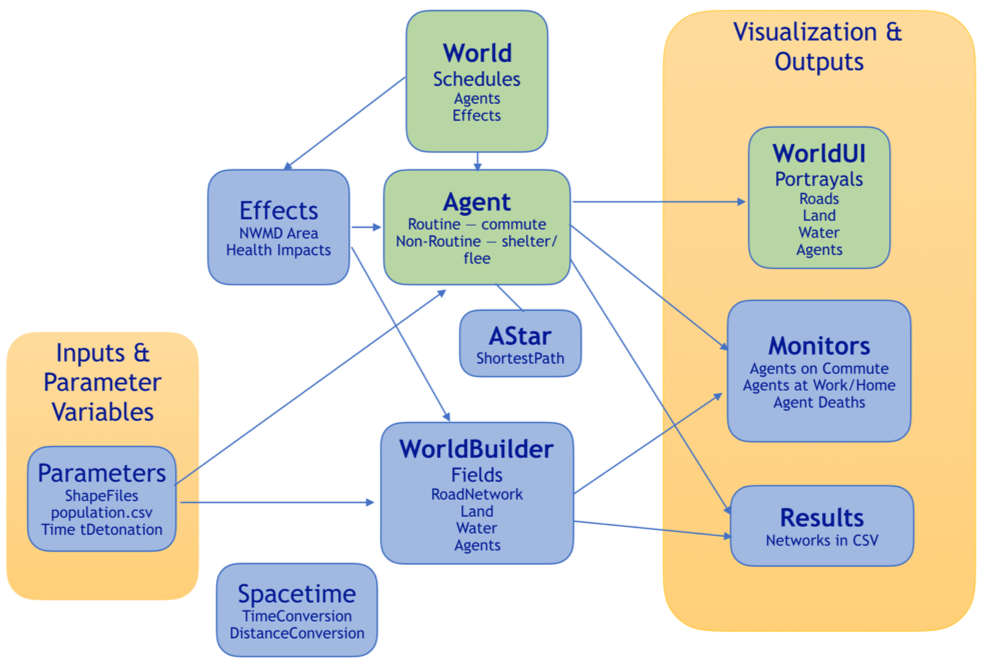
Connections between human beings often influence where people go and how they behave, yet these social networks are rarely modeled as a factor of human behavior in agent-based models. Social networks are increasingly being used to study human behavior in disasters, and empirical work has shown that human beings prioritize the safety of themselves and loved ones (i.e., households) before helping neighbors and coworkers. In this poster, we briefly present the agent-based model being used to characterize the New York City area population’s reaction to a NWMD event. The model methodology demonstrates how social networks can be integrated into an agent-based model and act as a basis for decision-making during a disaster. Preliminary simulations show how agents potentially respond to a NWMD event with measurable changes in location and network formations over space and time.
Burger, A. G., Kennedy, W.G., Crooks, A.T., Jiang, N. and Guillen-Piazza, D. (2019), Modeling Social Networks in an Agent-Based Model of a Nuclear Weapon of Mass Destruction Event, The 2019 Computational Social Science Society of Americas Conference, Santa Fe, NM.
Other GMU Presenters
 Two other Mason presenters invited to the October conference were CSS students Amira Al-Khulaidy and Valentín Vergara, who presented their paper entitled “Corruption and the Effects of Influence within Social Networks: An ABM of the Lava Jato Scandal.”
Two other Mason presenters invited to the October conference were CSS students Amira Al-Khulaidy and Valentín Vergara, who presented their paper entitled “Corruption and the Effects of Influence within Social Networks: An ABM of the Lava Jato Scandal.”
November 22, 2019
Dr. Crooks Invited to Speak at CINA
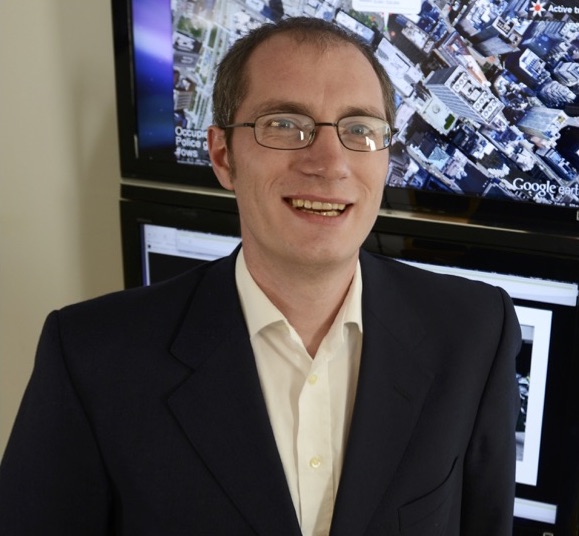
Earlier this month Dr. Crooks was invited to give a talk as part the Criminal Investigations and Network Analysis Center (CINA) Distinguished Speaker Series. He chose to talk about how open data (e.g. OpenStreetMap, Twitter) can be utilized in agent-based models to study a variety of applications (many of which can be found over on his research page). The talk itself was entitled: “Utilizing Agent-based Models and Open Data to Examine the Movement of People and Information: A Gallery of Applications.” Below you can read the brief abstract of the paper and if this piques your interest, CINA recorded the talk. A highlighted (short) version is given below. The full talk can be found at https://youtu.be/iIvSnE-IBZI).
Abstract:
Today we are awash with many new forms of open data (e.g. crowdsourced, social media), but we are still challenged with how individuals make decisions and how this leads to more aggregate patterns emerging. One way to explore how individuals make decisions, or are impacted by information and their resulting consequences, is via agent-based modeling. Agent-based modeling allows for simulating heterogenous actors and their decision-making processes within complex systems. Through a series of example applications ranging from the small-scale movement of pedestrians over seconds, to that of the movement of people over borders over hours and days, I will demonstrate how open data can be leveraged within the agent-based building process. Specifically, the examples will show that by focusing on individuals, or groups of individuals and the networks that connect them, more aggregate patterns emerge from the bottom up.
November 4, 2019
Dr. Kennedy Presents WMD Webinar

On August 19, Dr. William G. Kennedy, co-director of the Center for Social Complexity, presented a one-hour webinar entitled “Predicting the Immediate Civilian Reaction to a Nuclear WMD Event” to an audience of professionals from DHS, FEMA, National Guard, Army, Navy, NYC Health & Hospitals, Naval Surface Weapons Center, Virginia Department of Emergency Management, Virginia State Police, and others. The event was organized by the Homeland Defence and Security Information Analysis Centre (HDIAC) and covered the work and results of a project supported by the Defense Threat Reduction Agency (DTRA) and led by Dr. Kennedy.
The project, “A Framework for Modeling Society Following a Nuclear WMD Event,” predicts the behavior of the population of a large city to a no-warning nuclear assault. Kennedy and two graduate students, Annetta Burger and Richard Niang, have created an agent-based model (ABM) that recreates the geography and inhabitants of New York City and the surrounding region, covering an area of 160 miles by 145 miles. “To collect information, and make sense of it, we need to build a model of the individuals themselves — quantifying how many people do what — and taking into account the variations in their reactions,” according to Kennedy. The aim has been to characterize the initial behaviors of individuals, both those at the scene of the disaster and first responders traveling toward the area. To date, the project has succeeded in demonstrating, benchmarking, and verifying a synthesized population of 23 million agents, the commuting patterns of a population of 260,000, and the initial agent reactions of a population of 23,000.
The webinar audio is available here. For more information on the project, click here to go to the project’s webpage.
August 22, 2019
DTRA Project’s Burger Presents Poster at Conference

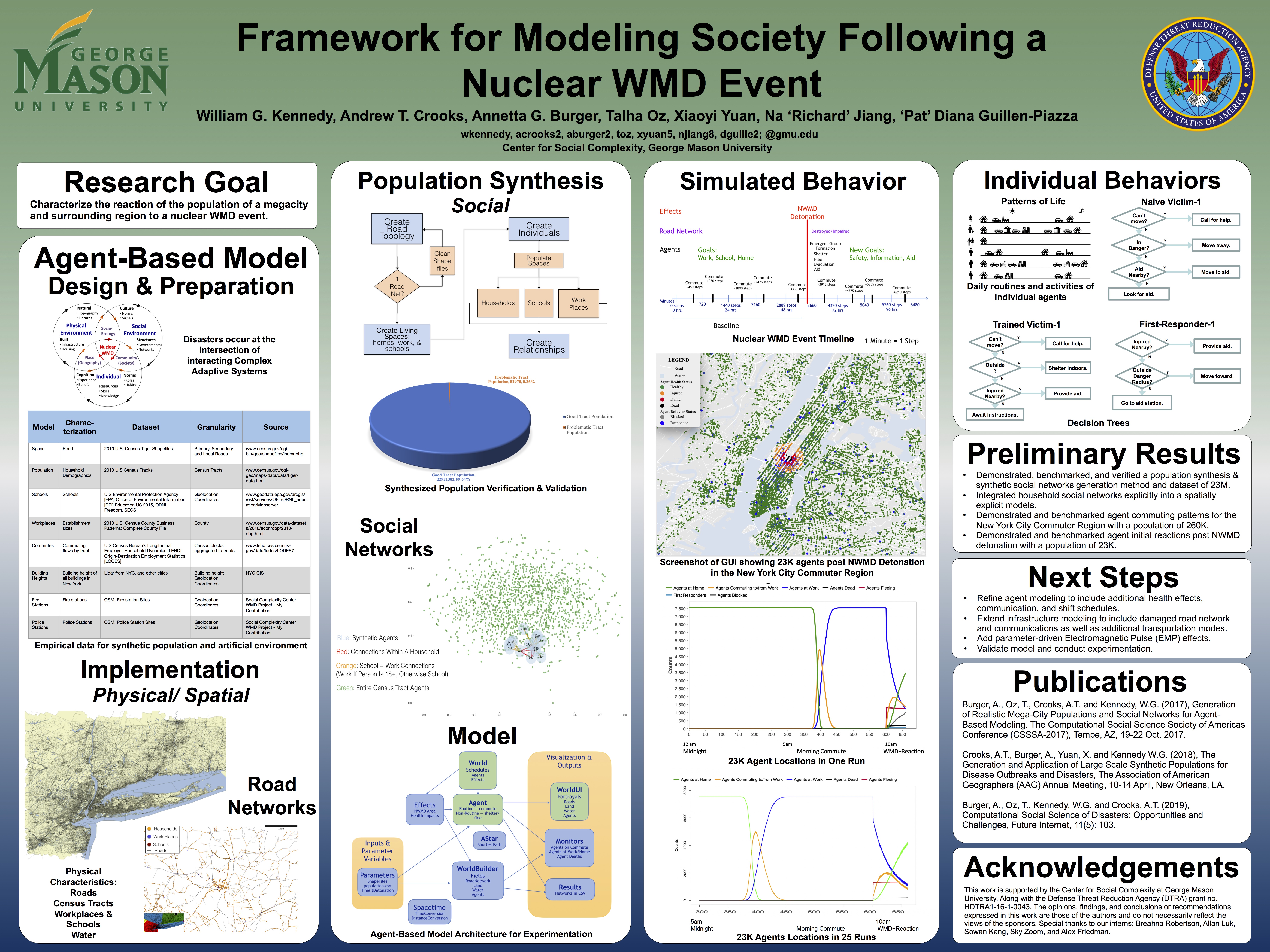
Annetta Burger, PhD candidate and part of the project team working on “A Framework for Modeling the Population’s Response to a Nuclear WMD Event,” presented a poster overview of the team’s activities at the recent SBP-BRiMS conference in DC. The project, which is sponsored by the government Defense Threat Reduction Agency (DTRA), attempts to predict the response of individuals caught up in a WMD (weapon of mass destruction) attack on a mega-city such as NYC. The project is now in its third year under the leadership of Dr. William G. Kennedy as project PI.
August 22, 2019
Center for Social Complexity Founder and Director Retires.
 Dr. Claudio Cioffi, a member of the Mason community since 2002, has retired following an auspicious teaching and research career. He is a recognized international expert in the fields of computational social science and disaster response, and as such has been invited to participate in numerous workshops and decision-making groups and to deliver keynote addresses at dozens of conferences. He has guest-lectured at many academic institutions, among them the Lipari International School of Computational Social Science, Lipari, Italy, where he also served as co-director from 2011-2018.
Dr. Claudio Cioffi, a member of the Mason community since 2002, has retired following an auspicious teaching and research career. He is a recognized international expert in the fields of computational social science and disaster response, and as such has been invited to participate in numerous workshops and decision-making groups and to deliver keynote addresses at dozens of conferences. He has guest-lectured at many academic institutions, among them the Lipari International School of Computational Social Science, Lipari, Italy, where he also served as co-director from 2011-2018.
Many of Dr. Cioffi’s papers have appeared in premiere professional journals over the years. He has also had several books published, the latest, Introduction to Computational Social Science, now in its 2nd edition from Springer.
Dr. Cioffi came to George Mason University as a professor of Computational Social Science, and continued to teach graduate classes until the time of his retirement. During his time at Mason, he also founded (2004), and served as Director of (2004–2009), the Ph.D. Program in Computational Social Science. In addition, he founded (2007), and served as Chairman of (2007–2009), the Department of Computational Social Science. From 2015-2016, he served as interim vice-president for Research and Economic Development.
In 2006, he founded the Center for Social Complexity, a specialized venue for pursuing interdisciplinary advanced research, discoveries, and inventions that support exploration and analysis of human social phenomena. He served as Director of the Center from its early years in Robinson Hall through its move to Research Hall and until his retirement this May. Dr. Cioffi was involved in the campaign for the dedicated research building, which was completed in 2006 and welcomed the Center as brand-new tenants. He designed the 3rd-floor Center offices especially to support and encourage collaborative work, including in the floor plan a mix of offices, carrels, and a central meeting space and projection area. The space has housed many individuals over the years, but still functions in its original layout and with its original purpose. As Center Director, he has been responsible for millions of dollars in external funding and has served as PI on numerous projects.
Best Wishes to Claudio and to Jean, but Not Goodbye!
June 1, 2019
Dr. Cioffi Conducts Field Work in Cuicuilco
 Claudio Cioffi, Director of the Center for Social Complexity, returned recently from a research field trip to Cuicuilco in Mexico. Cuicuilco, according to Cioffi, was the first monumental (earliest chiefdom) site in the Central Valley of Mexico, est. ca. 800 BC, destroyed in 4th cent. AD by eruption and magma flow from nearby Xitle volcano (pictured in 3rd photo). It never recovered from this disaster and the surviving community migrated to nearby Teotihuacan (and elsewhere), which was a rival and became a superpower after Cuicuilco’s destruction.
Claudio Cioffi, Director of the Center for Social Complexity, returned recently from a research field trip to Cuicuilco in Mexico. Cuicuilco, according to Cioffi, was the first monumental (earliest chiefdom) site in the Central Valley of Mexico, est. ca. 800 BC, destroyed in 4th cent. AD by eruption and magma flow from nearby Xitle volcano (pictured in 3rd photo). It never recovered from this disaster and the surviving community migrated to nearby Teotihuacan (and elsewhere), which was a rival and became a superpower after Cuicuilco’s destruction.



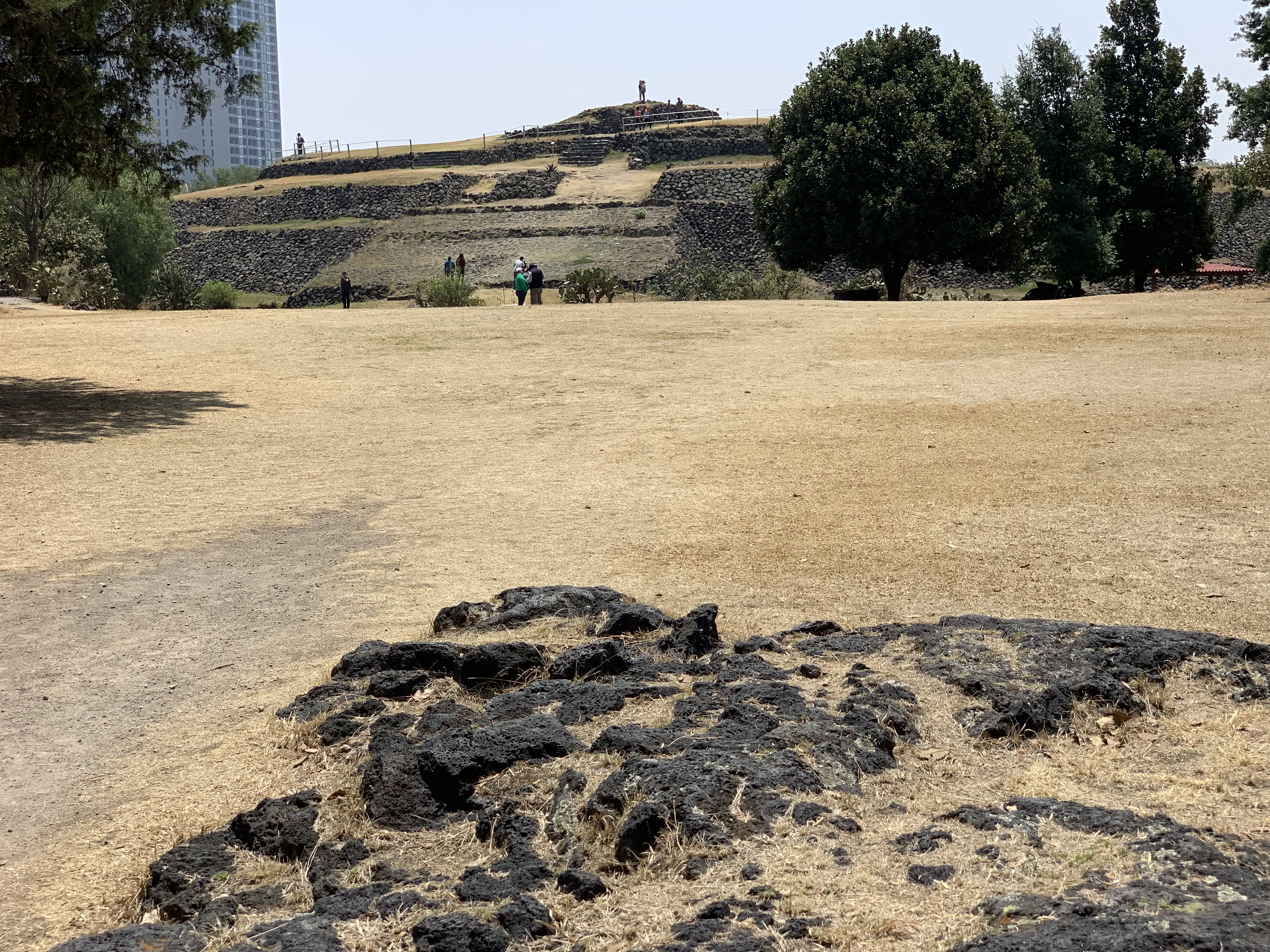

May 28, 2019

FEMA Invites GMU’s Center for Social Complexity Faculty to 2019 Disaster International Symposium
Faculty from George Mason University, Fairfax, VA, have been invited by FEMA (Federal Emergency Management Agency) to participate in their invitation-only 2019 International Symposium on Emergency Management and Disasters. The event will concentrate on how to build, engage, and amplify the work of the emergency management academic community while also focusing on diversity, inclusion, and unity of effort. Attendees will include invited representatives engaged in emergency management research at academic institutions worldwide. To be held in Emmittsburg, MD, June 3-5, 2019, the conference is being coordinated by FEMA’s Higher Education Program, within the National Training and Education Division’s National Training and Education System.
The Mason invitees consist of faculty from the Center for Social Complexity (which includes members from the Department of Computational and Data Sciences, as well as from other units across Mason) who belong to the Center’s research program on disasters (C. Cioffi, A. Crooks, C. Domeniconi, C. Ferreira, W. Kennedy, S. Luke). In addition to being invited to the event, they have been asked to present their work on “A Campaign for Disaster Science and Technology: Raising the Scientific Standard,” as well as specific data-driven mathematical and computational models that the Mason CSC team has created for disaster risk assessment and for addressing various phases of disasters (mitigation, preparedness, response, and recovery).
The Mason CSC team is experienced in modeling and computer simulations of disasters in Africa, Asia, and Latin America caused by natural hazards, such as climate change, droughts, floods, frosts, glaciers thawing, and other hazards, including man-made hazards such as terrorism. Their research has been funded by the US National Science Foundation, the Office of Naval Research, the DTRA (Defense Threat Reduction Agency), and DARPA (Defense Advanced Research Projects Agency), among others. The Center for Social Complexity is an interdisciplinary research unit with faculty from many Mason departments and six colleges and institutes.
April 10, 2019

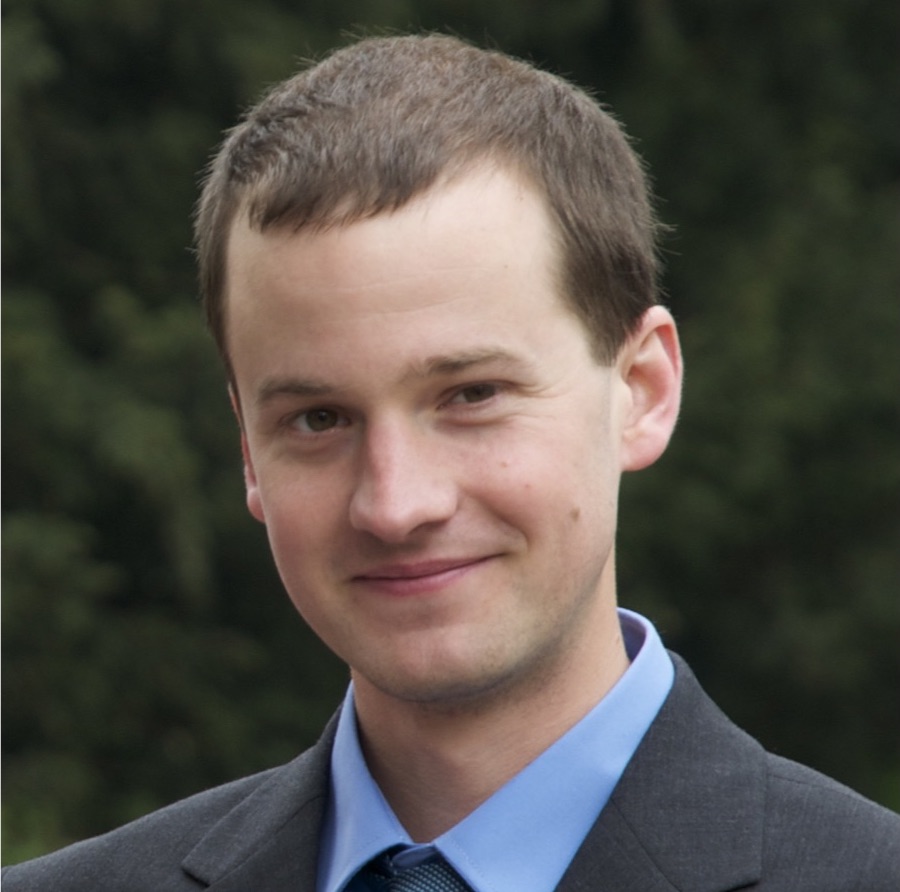
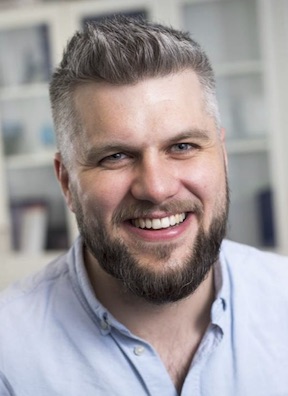
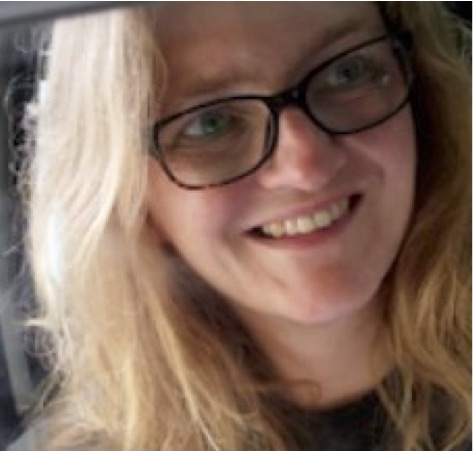
Agent-Based Modelling and Geographical Information Systems: A Practical Primer.
Andrew Crooks, George Mason University
Nicholas Malleson, University of Leeds
Ed Manley, University College London
Alison Heppenstall, University of Leeds

Agent-Based Modelling and Geographical Information Systems: A Practical Primer has been published by Sage. According to Dr. Andrew Crooks, he and co-authors Drs. Malleson, Manley, and Heppenstall approached the book from two standpoints — first, to provide a synthesis of the underpinning ideas, techniques and frameworks for integrating agent-based modelling and geographical information systems (GIS), and, second, to build on their experiences of teaching at various levels — to provide a practical set of information for the development of agent-based models for geographical systems.
From these two standpoints they developed a book that provides a practical primer in the integration of agent-based modelling and geographical information systems. In outlining the subject they cover many examples of geographical phenomena, from linking the individual movements of pedestrians to aggregate patterns of urban growth, to the integration of social networks into modelling mobility. Through this text, the reader comes to understand how the field has developed, how agent-based models are different from other modelling approaches, and the challenges lying ahead.
Using sample code and data (all of which can be found on the text website, link below) the book provides readers with many of the basic building blocks for constructing agent-based models linked to geographical information systems. The software package NetLogo is used throughout the book, as it provides an easy route to learn and build agent-based models (although in the appendix there are provide links to other models created in other platforms).
For more information visit the book’s website. If you wish to buy a copy you can go to Amazon or Sage Publishing.
January 28, 2019
CSC faculty continue to make exciting contributions to Social Complexity literature and academic gatherings worldwide. Below are a few recent examples of work by Mason and collaborating authors:
Curry, T., Croitoru, A., Crooks, A.T. and Stefanidis, A. (in press), Exodus 2.0: Crowdsourcing Geographical and Social Trails of Mass Migration, Journal of Geographical Systems.
Hailegiorgis, A.B., Crooks, A.T. and Cioff-Revilla, C. (2018), An Agent-Based Model of Rural Households’ Adaptation to Climate Change, Journal of Artificial Societies and Social Simulation, 21 (4): 4. Available at http://jasss.soc.surrey.ac.uk/21/4/4.html.
Yuan, X. and Crooks, A.T. (2018), Examining Online Vaccination Discussion and Communities in Twitter, Proceedings of the 9th International Conference on Social Media and Society, Copenhagen, Denmark, pp 197-206.
Luke, S., Simon, R., Crooks, A.T., Wang, H., Wei, E., Freelan, D., Spagnuolo, C., Scarano, V., Cordasco, G. and Cioffi-Revilla, C. (2018), The MASON Simulation Toolkit: Past, Present, and Future, 19th International Workshop on Multi-Agent-Based Simulation (MABS2018), Stockholm, Sweden.
10/12/18
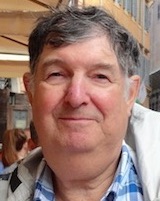 Dr. James Finkel, founder and co-convener of the Washington-based Atrocity Prevention Study Group, Courtesy Professor of Practice at the University of Oregon, non-resident fellow at the Stimson Center, and a Visiting Scholar at George Mason’s S-CAR, is a contributing writer of the book Preventing Mass Atrocities: Policies and Practices (Routledge Studies in Genocide and Crimes against Humanity), editors Barbara Harff and Ted Gurr. Dr. Finkel’s contribution, entitled “Atrocity Prevention from Obama to Trump,” looks at the evolution of US policy on atrocity prevention starting in the early 90s. “Ever since the disastrous failures to stop ethnic cleansing and genocide in Bosnia and Rwanda in the 1990s,” Finkel writes, “professionals inside and outside government who deal with the consequences of such events have sought to determine whether it is possible to prevent these events before they gain momentum and spiral out of control, or, failing that, at least to find a way to mitigate the damage. The past two decades have seen considerable progress in Washington’s ability to identify situations that threaten to escalate into mass atrocities and its theoretical understanding of how to respond to these situations, but considerable work remains.”
Dr. James Finkel, founder and co-convener of the Washington-based Atrocity Prevention Study Group, Courtesy Professor of Practice at the University of Oregon, non-resident fellow at the Stimson Center, and a Visiting Scholar at George Mason’s S-CAR, is a contributing writer of the book Preventing Mass Atrocities: Policies and Practices (Routledge Studies in Genocide and Crimes against Humanity), editors Barbara Harff and Ted Gurr. Dr. Finkel’s contribution, entitled “Atrocity Prevention from Obama to Trump,” looks at the evolution of US policy on atrocity prevention starting in the early 90s. “Ever since the disastrous failures to stop ethnic cleansing and genocide in Bosnia and Rwanda in the 1990s,” Finkel writes, “professionals inside and outside government who deal with the consequences of such events have sought to determine whether it is possible to prevent these events before they gain momentum and spiral out of control, or, failing that, at least to find a way to mitigate the damage. The past two decades have seen considerable progress in Washington’s ability to identify situations that threaten to escalate into mass atrocities and its theoretical understanding of how to respond to these situations, but considerable work remains.”
10/1/18
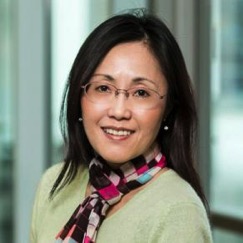 Dr. Naoru Koizumi, Director of Research, Associate Professor, and Associate Director of the Center for Study of International Medical Policies and Practices, has been selected as a member of a distinguished group of NSF award recipients who will seek answers to the problem of illegal trafficking. Nearly $300,000 in project funds will support research by Dr. Koizumi (Principal Investigator) and her team (Monica Gentili, Amit Patel, Monir Moniruzzaman, and Guadalupe Correa-Cabrera, co-Principal Investigators) in the specific area of “Network Analysis and Opportunities for Disruption of Organ Trafficking.”
Dr. Naoru Koizumi, Director of Research, Associate Professor, and Associate Director of the Center for Study of International Medical Policies and Practices, has been selected as a member of a distinguished group of NSF award recipients who will seek answers to the problem of illegal trafficking. Nearly $300,000 in project funds will support research by Dr. Koizumi (Principal Investigator) and her team (Monica Gentili, Amit Patel, Monir Moniruzzaman, and Guadalupe Correa-Cabrera, co-Principal Investigators) in the specific area of “Network Analysis and Opportunities for Disruption of Organ Trafficking.”
Illegal trafficking in everything from people and opioids to human organs and nuclear material is a grim and growing reality. The NSF established these awards in an attempt to understand how illegal networks function and to create the means to dismantle them by selecting a group of scientists who can bring their combined informed perspectives to bear on the problem. “We’ve been studying commercial supply chains for years and figuring out how to make them resilient — now we want to use these same principles to make illicit networks less resilient. We want to break them,” said Georgia-Ann Klutke, NSF program director for Operations Engineering in the Directorate for Engineering.
Click here for the news release describing this NSF venture. Near the bottom of the news release is a link to Dr. Koizumi’s award abstract, or you can go to it directly by clicking here.
9/26/18
 Dr. Andrew Crooks, resident research faculty at the Center for Social Complexity, and faculty in the Department of Computational and Data Sciences and Department of Geography and Geoinformation Science, will be Keynote speaker at The International Conference on Geo-informatics in Sustainable Ecosystems and Society (GSES) to be held this September at Hebei University of Engineering in China. He will speak on “Utilizing Computational Social Science for Analyzing and Modeling Urban Systems.” GSES-2018 marks the sixth annual academic conference in a series held between China and USA sponsored by an agreement between multiple universities from China and USA. The conference attracts participants in a diverse range of fields, including geographic information science, geo-design, geo-sustainability studies, ecological and environmental sciences, resource management and policy, and sustainable urban and regional development and modeling. Following the conference, he has been invited to lecture at Hebei University.
Dr. Andrew Crooks, resident research faculty at the Center for Social Complexity, and faculty in the Department of Computational and Data Sciences and Department of Geography and Geoinformation Science, will be Keynote speaker at The International Conference on Geo-informatics in Sustainable Ecosystems and Society (GSES) to be held this September at Hebei University of Engineering in China. He will speak on “Utilizing Computational Social Science for Analyzing and Modeling Urban Systems.” GSES-2018 marks the sixth annual academic conference in a series held between China and USA sponsored by an agreement between multiple universities from China and USA. The conference attracts participants in a diverse range of fields, including geographic information science, geo-design, geo-sustainability studies, ecological and environmental sciences, resource management and policy, and sustainable urban and regional development and modeling. Following the conference, he has been invited to lecture at Hebei University.
Dr. Crooks is also serving as one of 3 guest editors on a special issue of Sustainability, an open-access journal, entitled “Data Analytics on Sustainable, Resilient and Just Communities” Visit Dr. Crooks’s website here.
9/24/18
 William (Bill) Kennedy, senior science adviser and research faculty at the Center for Social Complexity, has been promoted to Associate Professor in the College of Science. Dr. Kennedy is currently PI on two projects, one a contract from the Logistics Management Institute (LMI) for a NASA project to research new language and visualization methods that will create a coherent and shared framework for the specification, design, development, management, and use of what are to a large degree unregulated autonomous systems, and the second project, funded by DTRA, working to advance understanding of the behavioral and social effects of a nuclear weapon of mass destruction (WMD) event on a large-city population. Dr. Kennedy also teaches for the Computational Social Science program and the Department of Psychology at GMU. You can visit his Website here.
William (Bill) Kennedy, senior science adviser and research faculty at the Center for Social Complexity, has been promoted to Associate Professor in the College of Science. Dr. Kennedy is currently PI on two projects, one a contract from the Logistics Management Institute (LMI) for a NASA project to research new language and visualization methods that will create a coherent and shared framework for the specification, design, development, management, and use of what are to a large degree unregulated autonomous systems, and the second project, funded by DTRA, working to advance understanding of the behavioral and social effects of a nuclear weapon of mass destruction (WMD) event on a large-city population. Dr. Kennedy also teaches for the Computational Social Science program and the Department of Psychology at GMU. You can visit his Website here.
9/21/18
 Professor Sean Luke, associate director of the Center for Social Complexity, and faculty, department of Computer Science, presented a paper on MASON (Multi-Agent Simulator Of Neighborhoods) this past July to a distinguished international audience at the AAMAS 2018 Conference (International Conference on Autonomous Agents and Multiagent Systems) in Stockholm, Sweden. AAMAS, the largest conference in the area of agents and multiagent systems, aims to bring together researchers and practitioners in all areas of agent technology and to provide a single, high-profile, internationally renowned forum for research in the theory and practice of autonomous agents and multiagent systems. Dr. Luke’s paper, an update on the status of MASON, will be in the Conference proceedings.
Professor Sean Luke, associate director of the Center for Social Complexity, and faculty, department of Computer Science, presented a paper on MASON (Multi-Agent Simulator Of Neighborhoods) this past July to a distinguished international audience at the AAMAS 2018 Conference (International Conference on Autonomous Agents and Multiagent Systems) in Stockholm, Sweden. AAMAS, the largest conference in the area of agents and multiagent systems, aims to bring together researchers and practitioners in all areas of agent technology and to provide a single, high-profile, internationally renowned forum for research in the theory and practice of autonomous agents and multiagent systems. Dr. Luke’s paper, an update on the status of MASON, will be in the Conference proceedings.
9/21/18
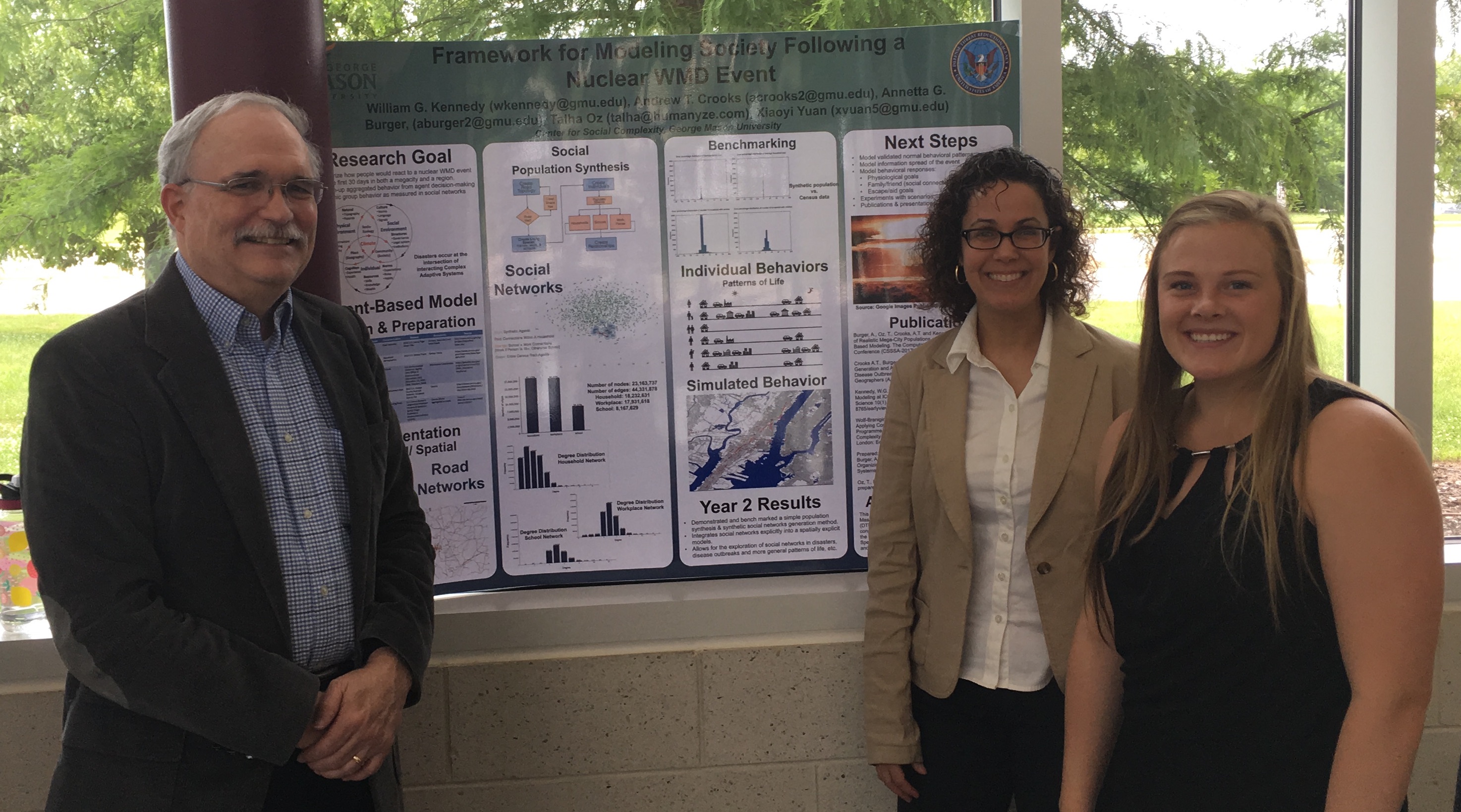 Bill Kennedy, Annetta Burger, and Breanna Robertson with the project poster presented by Annetta at the poster session of the Defense Threat Reduction Agency’s annual technical review meeting in June 2018.
Bill Kennedy, Annetta Burger, and Breanna Robertson with the project poster presented by Annetta at the poster session of the Defense Threat Reduction Agency’s annual technical review meeting in June 2018.
In June 2018, our project funded by the Defense Threat Reduction Agency (DTRA) had a couple of significant events. First, we entered our third year of funding on our project to characterize the reaction of the population of NYC to a nuclear WMD event (Weapon of Mass Destruction). Second, we had two cadets (Breanna Robertson and Allan Luk) from the US Air Force Academy spend a month with us contributing to our project. Third, Annetta Burger, a graduate research assistant in the Center for Social Complexity, presented a poster on our DTRA-funded project. Finally, Bill Kennedy, the Principal Investigator, presented a briefing at DTRA’s annual program review. The annual report on the project was submitted the same week. At the end of our second year, we had extended the development of a synthetic population (including their social networks) to the entire region and had started agents moving following their normal patterns of life prior to the nuclear weapon’s explosion. We are modeling people’s normal patterns so that we know where they are when the weapon explodes. Over the next year we will be modeling their reactive behaviors for a few hours, days, and weeks after the event. Click here for more information on the project.
7/6/18
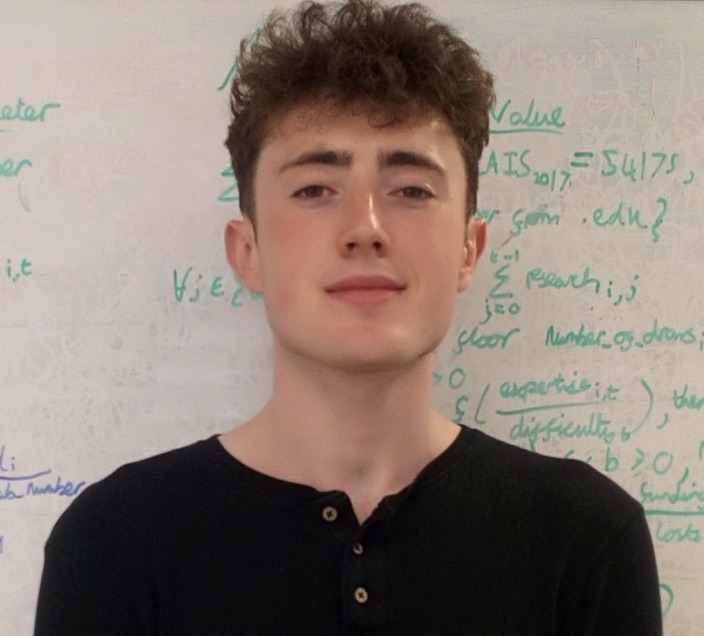 Kieran Marray, a student at the University of Oxford (St Catherine’s College), is joining the Center for Social Complexity for the summer as part of the Laidlaw Scholarship program. He is from Corby, a town in the middle of the United Kingdom. His research interests are agent-based modeling, decision theory, ethics, formal epistemology, and the economics of climate change. He has previously written on decision theory under radical uncertainty, and the issues raised by the belief structures underlying theoretical economic models. He was also part of a team which built a natural capital evaluation model for Interserve Consulting, and was the first (and only) undergraduate to be invited to give a paper at the Faculty of Philosophy at Oxford. At Mason, he is working under the supervision of Dr. Robert Axtell to build a basic agent-based model that would forecast our ability to automate tasks performed by humans over time. The aim is to produce a basic empirical model which can provide a base for future research.
Kieran Marray, a student at the University of Oxford (St Catherine’s College), is joining the Center for Social Complexity for the summer as part of the Laidlaw Scholarship program. He is from Corby, a town in the middle of the United Kingdom. His research interests are agent-based modeling, decision theory, ethics, formal epistemology, and the economics of climate change. He has previously written on decision theory under radical uncertainty, and the issues raised by the belief structures underlying theoretical economic models. He was also part of a team which built a natural capital evaluation model for Interserve Consulting, and was the first (and only) undergraduate to be invited to give a paper at the Faculty of Philosophy at Oxford. At Mason, he is working under the supervision of Dr. Robert Axtell to build a basic agent-based model that would forecast our ability to automate tasks performed by humans over time. The aim is to produce a basic empirical model which can provide a base for future research.
Email: Kieran Marray
7/5/18
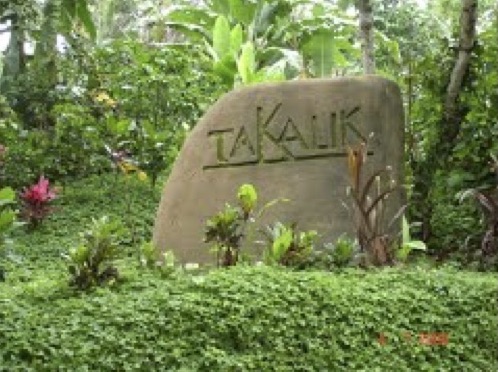 Earlier this year, Dr. Claudio Cioffi, director of the Center for Social Complexity, joined other scientists on-site at Takalik-Abaj, an archaeologial site located in southwest Guatemala some 120 miles from Guatemala City. Takalik Abaj was a sizeable city with the principal architecture clustered into four main groups spread across nine terraces. While some of these were natural features, others were artificial constructions requiring an enormous investment in labor and materials, such as a sophisticated water drainage system and a wealth of sculptured monuments. The site flourished from the 9th century BC through to at least the 10th century AD, and was an important centre of commerce. The variety of architectural styles and iconography suggest that the site was occupied by different ethnic groups. Excavation began there in 1976.
Earlier this year, Dr. Claudio Cioffi, director of the Center for Social Complexity, joined other scientists on-site at Takalik-Abaj, an archaeologial site located in southwest Guatemala some 120 miles from Guatemala City. Takalik Abaj was a sizeable city with the principal architecture clustered into four main groups spread across nine terraces. While some of these were natural features, others were artificial constructions requiring an enormous investment in labor and materials, such as a sophisticated water drainage system and a wealth of sculptured monuments. The site flourished from the 9th century BC through to at least the 10th century AD, and was an important centre of commerce. The variety of architectural styles and iconography suggest that the site was occupied by different ethnic groups. Excavation began there in 1976.
4/24/18
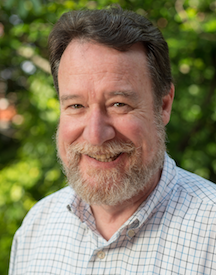
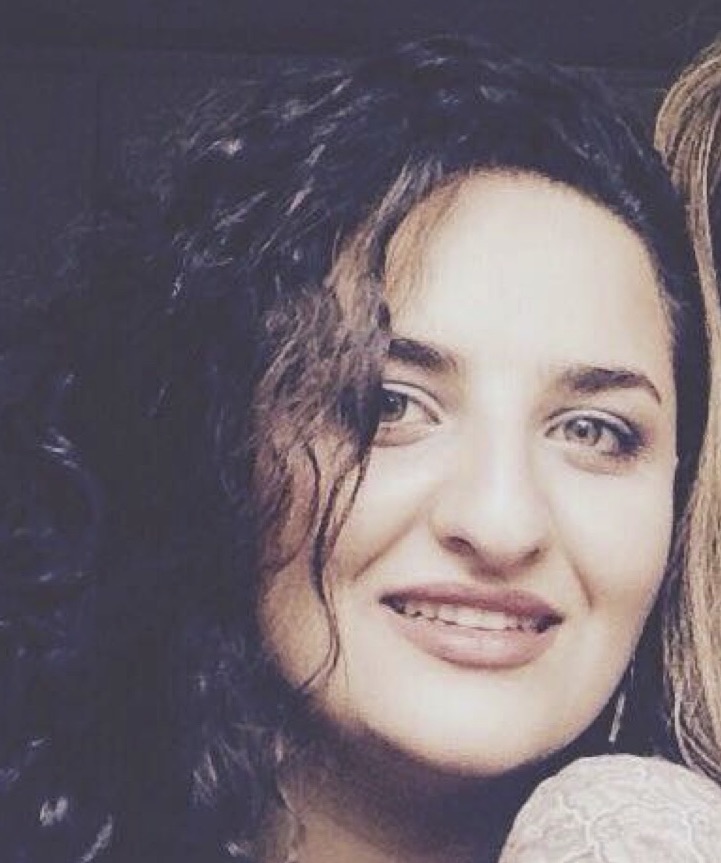 Dr. Claudio Cioffi, Director of the Center for Social Complexity, and GMU PhD student Niloofar Bagheri-Jebelli presented a paper, “A Computational Approach to Initial Social Complexity: Göbekli Tepe and Neolithic Polities in Urfa Region, Upper Mesopotamia, Tenth Millennium BC,” at the 83rd Annual Meeting of the SAA (Society for American Archareology held in Washington, DC in April. Abstract: Extensive archaeological field work and multidisciplinary research in recent decades shows that communities of sedentary hunter-gatherers during the tenth millennium BC built the earliest presently known monumental structures during the PPNA (ca. 9600–8800 BC) at the ceremonial site of Göbekli Tepe and nearby PPNB settlement sites in present-day Urfa province, southeastern Turkey. However, the earliest evidence of agriculture dates to a later period (early PPNB, ca. 8750 BC, terminus post quem) or began farther south (e.g., the Levant). The paper presents a novel computational analysis of initial social complexity in these early Anatolian communities, based on Canonical Theory of politogenesis, evolutionary dynamics, and lines of evidence drawn from Göbekli Tepe and related Urfa sites. Theory and data are then used to create an agent-based model simulating the emergence of worship sites, other diffused cultural patterns, and the emergence of cultivation as may have occurred in the region during the PPNA and initial PPNB periods. The model is implemented in NetLogo.
Dr. Claudio Cioffi, Director of the Center for Social Complexity, and GMU PhD student Niloofar Bagheri-Jebelli presented a paper, “A Computational Approach to Initial Social Complexity: Göbekli Tepe and Neolithic Polities in Urfa Region, Upper Mesopotamia, Tenth Millennium BC,” at the 83rd Annual Meeting of the SAA (Society for American Archareology held in Washington, DC in April. Abstract: Extensive archaeological field work and multidisciplinary research in recent decades shows that communities of sedentary hunter-gatherers during the tenth millennium BC built the earliest presently known monumental structures during the PPNA (ca. 9600–8800 BC) at the ceremonial site of Göbekli Tepe and nearby PPNB settlement sites in present-day Urfa province, southeastern Turkey. However, the earliest evidence of agriculture dates to a later period (early PPNB, ca. 8750 BC, terminus post quem) or began farther south (e.g., the Levant). The paper presents a novel computational analysis of initial social complexity in these early Anatolian communities, based on Canonical Theory of politogenesis, evolutionary dynamics, and lines of evidence drawn from Göbekli Tepe and related Urfa sites. Theory and data are then used to create an agent-based model simulating the emergence of worship sites, other diffused cultural patterns, and the emergence of cultivation as may have occurred in the region during the PPNA and initial PPNB periods. The model is implemented in NetLogo.
4/17/18
 Andrew Crooks, PhD, returned recently from the Association of American Geographers’ annual meeting in New Orleans. Dr. Crooks presented Innovations in Urban Analytics, a look at new forms of data about people and cities that are fostering research that is disrupting many traditional fields. These new forms of micro-level data have led to new methodological approaches in order to better understand how urban systems behave. Increasingly, these approaches and data are being used to ask questions about how cities can be made more sustainable and efficient in the future. Dr. Crooks is associate professor in Computational and Data Sciences and a member of the Center for Social Complexity.
Andrew Crooks, PhD, returned recently from the Association of American Geographers’ annual meeting in New Orleans. Dr. Crooks presented Innovations in Urban Analytics, a look at new forms of data about people and cities that are fostering research that is disrupting many traditional fields. These new forms of micro-level data have led to new methodological approaches in order to better understand how urban systems behave. Increasingly, these approaches and data are being used to ask questions about how cities can be made more sustainable and efficient in the future. Dr. Crooks is associate professor in Computational and Data Sciences and a member of the Center for Social Complexity.
4/16/18
 Annetta Burger, GRA with the Center of Social Complexity and member of the team working on a DTRA-funded project led by Dr. William Kennedy entitled “Response to a WMD in a Mega-City,” recently attended and presented at the Society for Applied Anthropology (SfAA) 2018 Annual Meeting: Sustainable Futures in Philadelphia. Ms. Burger’s presentation, From Networks to Recovery: An Agent-based Model of Community Resilience, suggested that the community resilience and social capital that lead to improved local recovery from disasters are derived from social connections and social network structures that provide informational, financial and other in-kind resources, and that by modeling social network representations for a simulated society it is possible to explore how households recover from disaster. For more on the presentation, click here.
Annetta Burger, GRA with the Center of Social Complexity and member of the team working on a DTRA-funded project led by Dr. William Kennedy entitled “Response to a WMD in a Mega-City,” recently attended and presented at the Society for Applied Anthropology (SfAA) 2018 Annual Meeting: Sustainable Futures in Philadelphia. Ms. Burger’s presentation, From Networks to Recovery: An Agent-based Model of Community Resilience, suggested that the community resilience and social capital that lead to improved local recovery from disasters are derived from social connections and social network structures that provide informational, financial and other in-kind resources, and that by modeling social network representations for a simulated society it is possible to explore how households recover from disaster. For more on the presentation, click here.
4/10/18

 Drs. Qing Tian and Andrew Crooks, cowriting with Zhang, R., Jiang, L., Qi, S. and Yang, R., had a paper published in Land Use Policy (2018) entitled Projecting Cropping Patterns around Poyang Lake and Prioritizing Areas for Policy Intervention to Promote Rice: A Cellular Automata Model. In the paper they explore current land use patterns in the Poyang Lake Region (PLR) of China, focusing specifically on current rice production in the region and what this might look like in the future (especially the impact of farmland consolidation) by using an CA model (built on the DINAMICA EGO platform). For more information including an abstract and models, click here.
Drs. Qing Tian and Andrew Crooks, cowriting with Zhang, R., Jiang, L., Qi, S. and Yang, R., had a paper published in Land Use Policy (2018) entitled Projecting Cropping Patterns around Poyang Lake and Prioritizing Areas for Policy Intervention to Promote Rice: A Cellular Automata Model. In the paper they explore current land use patterns in the Poyang Lake Region (PLR) of China, focusing specifically on current rice production in the region and what this might look like in the future (especially the impact of farmland consolidation) by using an CA model (built on the DINAMICA EGO platform). For more information including an abstract and models, click here.
4/9/18
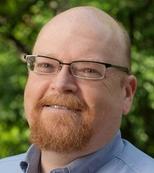 Mark Coletti, BSc, MSc, PhD, a Mason alumnus, has recently assumed the position of Geospatial Image Analysis R&D Scientist at Oak Ridge National Laboratory in Knoxville, TN. His principal research focus is on using machine learning to identify areas of human habitation in satellite imagery, and he is also involved in research related to Volunteered Geographic Information (VGI) and agent-based modeling. Dr. Coletti, who received his Master of Science degree in Computer Science in 2007 from George Mason University and his Doctor of Philosophy degree in Computer Science from Mason in 2014, has been with ORNL since 2015.
Mark Coletti, BSc, MSc, PhD, a Mason alumnus, has recently assumed the position of Geospatial Image Analysis R&D Scientist at Oak Ridge National Laboratory in Knoxville, TN. His principal research focus is on using machine learning to identify areas of human habitation in satellite imagery, and he is also involved in research related to Volunteered Geographic Information (VGI) and agent-based modeling. Dr. Coletti, who received his Master of Science degree in Computer Science in 2007 from George Mason University and his Doctor of Philosophy degree in Computer Science from Mason in 2014, has been with ORNL since 2015.
While at Mason, Mark was actively involved in a number of projects and developmental initiatives. He was a member of the Center for Social Complexity’s Mason-Yale Joint Project on Climate and Society funded by ONR, and the lead developer of GeoMASON, a geospatial extension to MASON, the widely used Java-based simulation toolkits developed at George Mason University, under the direction of CSC Associate Director Sean Luke. He also developed an evolutionary computation C++ toolkit; a biologically inspired cognitive model for a DARPA Grand Challenge; a Joint Improvised Explosive Device Defeat Organization related multiagent simulation; and an Office of Naval Research Multidisciplinary University Research Initiative Office sponsored massive multiagent simulation of pastoral and farming behavior in eastern Africa.
He is author of The GeoMason Cookbook, 2013, and of numerous other publications.
9/22/17
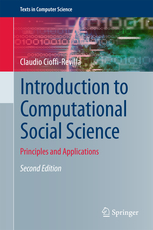 Dr. Claudio Cioffi‘s Second Edition of Introduction to Computational Social Science debuted in July and is now available from Springer.
Dr. Claudio Cioffi‘s Second Edition of Introduction to Computational Social Science debuted in July and is now available from Springer.
This textbook provides a comprehensive and reader-friendly introduction to the field of computational social science (CSS). Presenting a unified treatment, the text examines in detail the four key methodological approaches of automated social information extraction, social network analysis, social complexity theory, and social simulation modeling. This updated new edition has been enhanced with numerous review questions and exercises to test what has been learned, deepen understanding through problem-solving, and to practice writing code to implement ideas. Topics and features: contains more than a thousand questions and exercises, together with a list of acronyms and a glossary; examines the similarities and differences between computers and social systems; presents a focus on automated information extraction; discusses the measurement, scientific laws, and generative theories of social complexity in CSS; reviews the methodology of social simulations, covering both variable- and object-oriented models.(Description from Springer.)
8/22/17
 Dr. Qing Tian‘s textbook, Rural Sustainability: A Complex Systems Approach to Policy Analysis, is available now from Springer.
Dr. Qing Tian‘s textbook, Rural Sustainability: A Complex Systems Approach to Policy Analysis, is available now from Springer.
This volume applies the science of complexity to study coupled human-environment systems (CHES) and integrates ideas from the social sciences of climate change into a study of rural development amid flooding and urbanization in the Poyang Lake Region (PLR) of China. Author Qing Tian operationalizes the concept of sustainability and provides useful scientific analyses for sustainable development in less developed rural areas that are vulnerable to climatic hazards. The book uses a new sustainability framework that is centered on the concept of well-being to study rural development in PLR. (Description from Springer.)
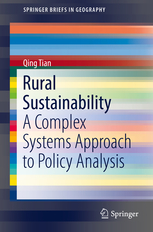
7/8/17

Visit the website for the DTRA WMD project now underway.
6/1/17
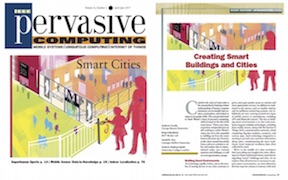
IEEE Pervasive Computing has a special issue on “Smart Cities.” According to Dr. Andrew Crooks, “The articles and departments in the special issue highlight the coming revolution in urban data via some of the different approaches researchers are taking to build tools and applications to better inform decision-making (to reduce energy consumption or improve visitor flows, for example).” Be sure to check out this issue (links to many articles) and then take time to explore the entire GIS and Agent-Based Model site designed by Andrew Crooks.
4/5/17
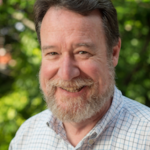 Dr. Claudio Cioffi, director of the Center for Social Complexity, has been invited to the Summit on Social and Behavioral Sciences for National Security, held at the National Academies of Sciences, Engineering, and Medicine, under the sponsorship of the Office of the Director of National Intelligence (ODNI), and to review its public report forthcoming in February.
Dr. Claudio Cioffi, director of the Center for Social Complexity, has been invited to the Summit on Social and Behavioral Sciences for National Security, held at the National Academies of Sciences, Engineering, and Medicine, under the sponsorship of the Office of the Director of National Intelligence (ODNI), and to review its public report forthcoming in February.
Dr. Cioffi has also been elected to the newly established University Research Advisory Committee (URAC), which will advise the Mason administration on research issues and policies at the university level.
3/9/17
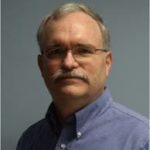 Dr. William Kennedy will direct a project funded by DTRA which will model possible response to a nuclear event. Mason’s Center for Social Complexity has been awarded a $462,094 grant from the Defense Threat Reduction Agency (DTRA) for a project entitled “A Framework for Modeling the Population’s Response to a Nuclear WMD Event.” This project, which explores a population’s response in the first hours, days, and weeks following a nuclear WMD event, will be directed by William G. Kennedy (Principal Investigator/PI, Mason Center for Social Complexity; computational social scientist) and Andrew T. Crooks (Mason Center for Social Complexity and Mason’s Department of Computational and Data Sciences, College of Science; computational social scientist). The Center for Social Complexity will provide core facilities and administrative support in coordination with the Office of Sponsored Programs and College of Science.
Dr. William Kennedy will direct a project funded by DTRA which will model possible response to a nuclear event. Mason’s Center for Social Complexity has been awarded a $462,094 grant from the Defense Threat Reduction Agency (DTRA) for a project entitled “A Framework for Modeling the Population’s Response to a Nuclear WMD Event.” This project, which explores a population’s response in the first hours, days, and weeks following a nuclear WMD event, will be directed by William G. Kennedy (Principal Investigator/PI, Mason Center for Social Complexity; computational social scientist) and Andrew T. Crooks (Mason Center for Social Complexity and Mason’s Department of Computational and Data Sciences, College of Science; computational social scientist). The Center for Social Complexity will provide core facilities and administrative support in coordination with the Office of Sponsored Programs and College of Science.
The objective of this research is to advance understanding of the behavioral and social effects of a nuclear weapon of mass destruction (WMD) event on population dynamics. While the physical effects of such an event have been studied, the social effects are not well understood. Such effects may include complex cascading behaviors between and among the myriad of social systems and networks that have been too complex to easily describe using traditional methods. The model will show how an affected population might react to a WMD event in the first 30 days, including both in the short term (e.g., evacuation) and longer term (e.g., finding water, food, and shelters, and migrating), but will not address recovery.
The DTRA Program Officer for this project will be Paul S. Tandy, PhD.
Contact for Additional Information:
William G. Kennedy, Ph.D.
Center for Social Complexity, Krasnow Institute for Advanced Study
George Mason University, Research Hall, Room 380, MSN 6B2
4400 University Drive, Fairfax VA 22030 USA
Tel. (703) 993–1402; (703) 993-9291
E-mail: Bill Kennedy
3/9/17
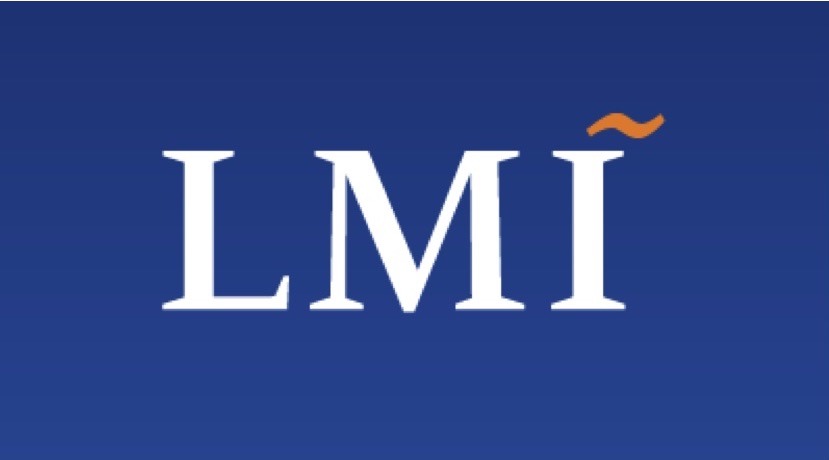 Center for Social Complexity awarded a two-year contract for $264,678 from the Logistics Management Institute (LMI) for NASA project.
Center for Social Complexity awarded a two-year contract for $264,678 from the Logistics Management Institute (LMI) for NASA project.
Technological advances in autonomous systems, such as smaller sensors, faster processors, and greater networking capability, have created an explosion of new consumer and commercial products and services. Unfortunately, our ability to clearly specify, effectively design, and then manage these advanced autonomous systems has not always kept pace with the development of the systems themselves.
The goal of the research is to create new language and visualization methods that will create a coherent and shared framework for the specification, design, development, management, and use of what are to a large degree unregulated systems. We will augment existing tools that can test and evaluate mechanical and basic software systems, and will propose a post-research, pre-development environment where we suggest that new approaches are in order, new terminology may be necessary, and new ways to communicate about and on behalf of the new autonomous technology is vital.
William G. Kennedy, Mason Center for Social Complexity, is the Principal Investigator (PI). The LMI program manager for this project is Brant Horio and the NASA Program Officer is Yuri Gawdiak, who is the Associate Director of the Airspace Operations and Safety Program at NASA headquarters.
The project will last one year with one additional year optional.
3/7/17
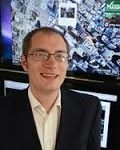 Dr. Crooks Contributes to Encyclopedia of Geography. Dr. Andrew Crooks was invited to write an entry on “Cellular Automata” for the recently released “The International Encyclopedia of Geography: People, the Earth, Environment, and Technology.” Below is the abstract to my chapter, along some of the images I used in my discussion, the full reference to the chapter.
Dr. Crooks Contributes to Encyclopedia of Geography. Dr. Andrew Crooks was invited to write an entry on “Cellular Automata” for the recently released “The International Encyclopedia of Geography: People, the Earth, Environment, and Technology.” Below is the abstract to my chapter, along some of the images I used in my discussion, the full reference to the chapter.
Abstract:
Cellular Automata (CA) are a class of models where one can explore how local actions generate global patterns through well specified rules. In such models, decisions are made locally by each cell which are often arranged on a regular lattice and the patterns that emerge, be it urban growth or deforestation are not coordinated centrally but arise from the bottom up. Such patterns emerge through the cell changing its state based on specific transition rules and the states of their surrounding cells. This entry reviews the principles of CA models, provides a background on how CA models have developed, explores a range of applications of where they have been used within the geographical sciences, prior to concluding with future directions for CA modeling.
Click here for access to encyclopedia entry.
3/7/17

